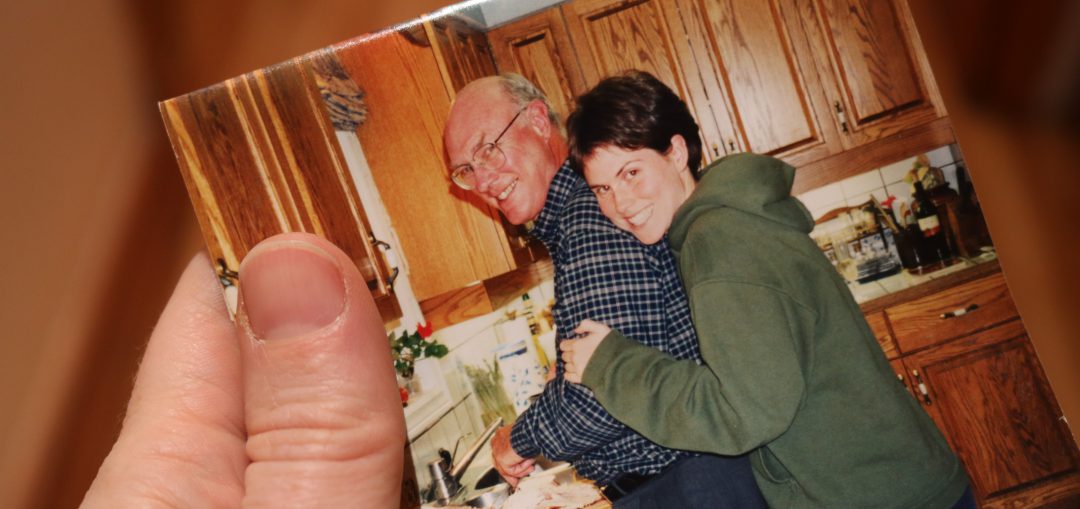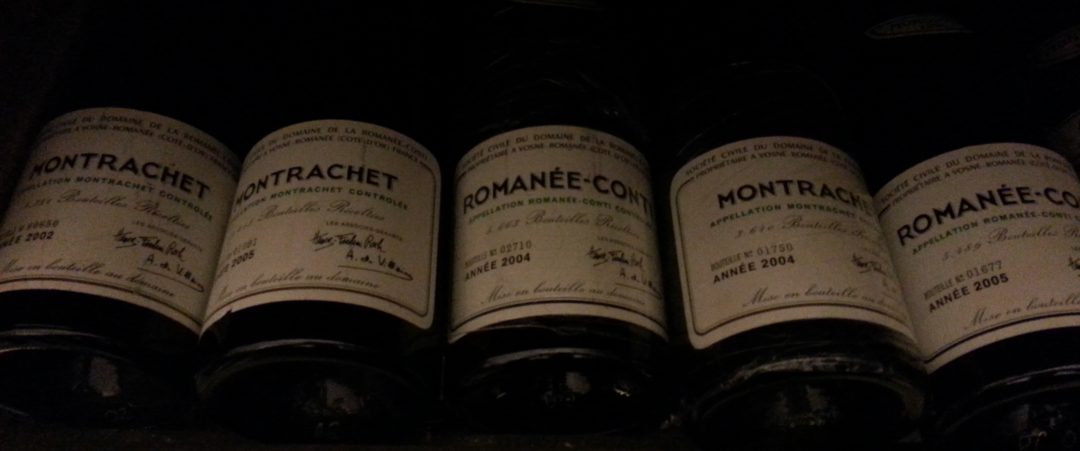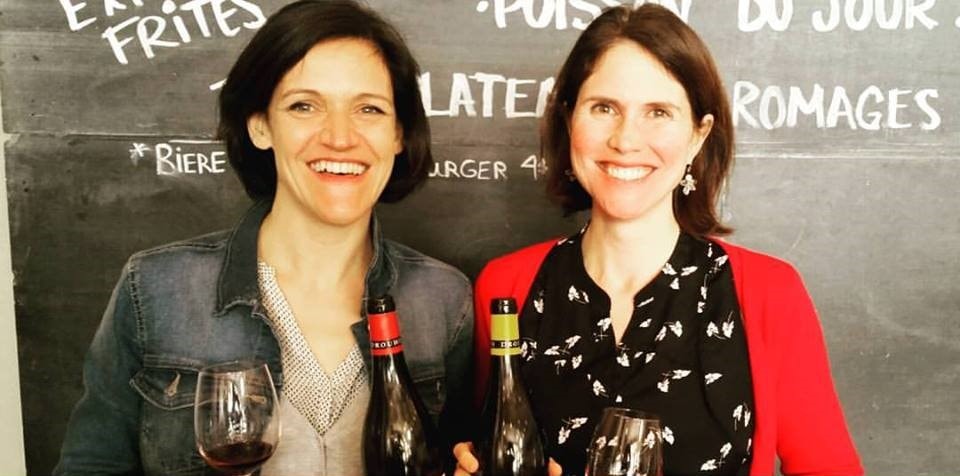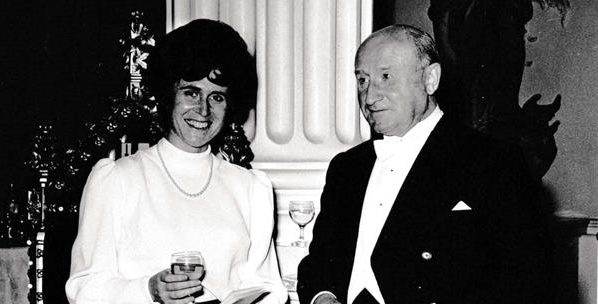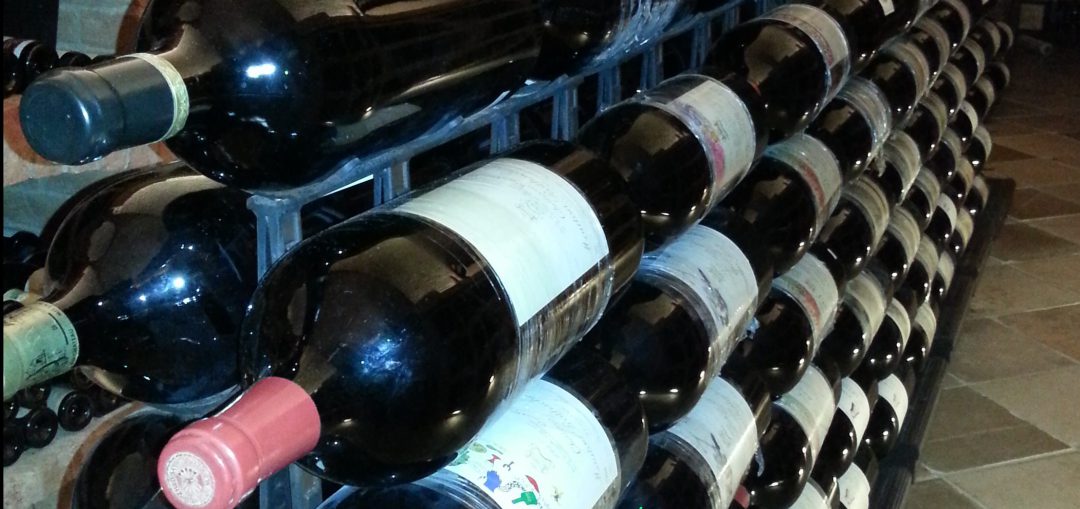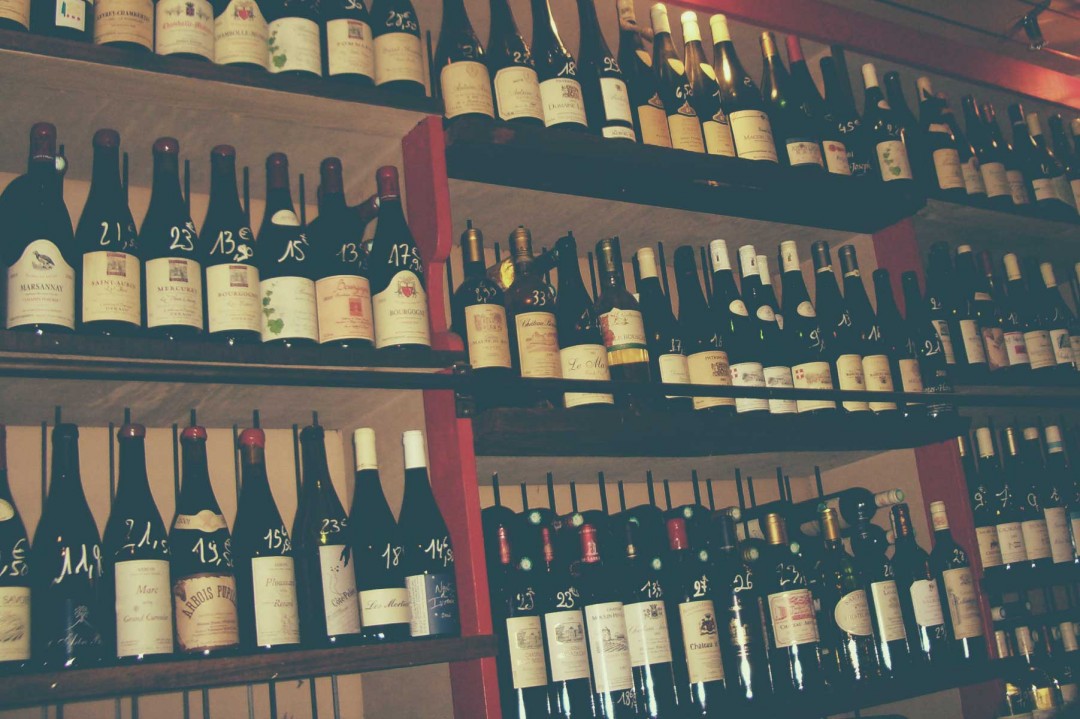When I tell people that I work in the wine industry, I invariably get a lot amused comments. The general assumption is that the job entails sitting around, drinking all day. Sadly, this is usually not the case. I mean, come on folks, would you pay someone to do that?
Even on those days where wine tasting really is my assigned task, the selection on offer is often a little dreary. Mass produced wines, like any high volume consumer item, generally have little that sets them apart from their competitors. They are often passably good, but rarely great.
Every once in a while, however, I attend a tasting where the wines (from small and large wine producers alike) are really fantastic…and I do just sit around, drinking all day.
I had one such day last week, at the launch of a new agency called Galleon Wines. They are actually more of a sub-agency; the fine wine division of large, national wine company Philippe Dandurand Wines.
Just a quick segue for those of you who don’t know what I mean by wine agency: in Canada, our cherished liquor boards (a.k.a monopolies) are the sole wine importers in the majority of provinces. They are also the sole retailers in most cases. With hundreds of stores, and thousands of wines on offer, a product can easily get lost in the shuffle. A wine agency is there to represent wine producers’ products locally. Their sales force will push for greater distribution in stores, try and get restaurants to purchase and so forth.
Galleon Wines is ably steered by wine expert Denis Marsan (long time SAQ Signatures buyer) and the savvy wine salesman Pierre-Adrien Fleurant. Together with their team, they have hand selected an exciting line up of wines. The accent is definitely on French wine; with a particularly fine range of Burgundies. The common thread for much of the portfolio is freshness, purity of fruit and balance.
The majority of these wines are not available at the SAQ or LCBO, however Galleon is on the verge of launching an e-commerce platform. Consumers will be able to buy directly from the website.
This is still Canada, with all our complicated rules and regulations, so you do unfortunately have to buy cases of 6 or 12 (depending on the wine). I recommend getting together with like-palated friends to share orders.
Here are my top 11 favourites (because I couldn’t whittle it down to 10). What do VW, PW and LW mean? Click on my wine scoring system to find out:
Kracher und Sohm Grüner Veltliner 2015 – 92pts. PW (20 – 25$/bttle)
Kracher und Sohm is a brilliant partnership between Alois Kracher, highly acclaimed Austrian vintner, and Aldo Sohm, top New York based sommelier.
Pale straw. Elegant, moderately intense aromas of ripe peach, fresh hay and white flowers. Lively acidity and lovely precision define the light bodied palate. This unoaked white finishes with a subtle saline note and lingering white pepper. Drink now, or hold 3 – 5 years.
Domaine Franck Millet Sancerre Blanc 2015 – 90pts. PW (25 – 30$/bttle)
The 22-hectare estate in the heart of Sancerre has been passed down from father to son for 3 generations. Textbook Sancerre; with a restrained, mineral-driven nose underscored by citrus and hints of gooseberry. Racy acidity, moderate concentration, rounded mid-palate and a lingering, citrus-infused finish.
Domaine Ravaut Bourgogne Blanc 2014 – 91pts. PW (25 – 30$/bttle)
This small, 12 hectare estate is situated in Ladoix-Serrigny, 5 km from Beaune. This well-crafted white Burgundy offers a surprising amount of complexity for such a modest appellation. Pale gold in colour, with attractive lemon curd, white pear, mineral and buttery aromas. Very fresh on the medium weight palate, with a subtly creamy texture and a clean, medium length finish. Unoaked.
Domaine Queylus Chardonnay Tradition 2013 – 89pts. PW (25 – 30$/bttle)
With local star Trevor Bachelder making the wines, the Domaine Queylus is among the better estates in Niagara today. This harmonious white offers good value at under 30$. Intense floral, apricot and ripe pear aromas on the nose. The palate is quite richly textured and fruit-driven, yet balanced by vibrant acidity. The toasty, vanilla nuances from long oak ageing are fairly well integrated. Finishes just a touch short.
Domaine Nathalie & Gilles Fèvre Chablis 2015 – 90pts. PW (25 – 30$/bttle)
This sustainably farmed estate can trace its history in the local wine industry back to 1745. Pale straw in colour, the subdued nose offers hints of lemon, lime and chalky minerality. The rasor sharp acidity is nicely offset by vibrant, pure citrus and apple flavours. The texture is smooth, with subtle leesy notes. Attractive minerality comes back to the fore on the long finish.
Château de la Maltroye Chassagne-Montrachet Blanc 2014- 94pts. LW (65 – 70$/bttle)
The stunning 18th century manor house is among the most beautiful properties in Burgundy. Pale gold. Very elegant, complex aromas featuring white flowers, fresh almonds, citrus, green apple and underlying minerality. Lively and taut on the palate, with a creamy, textured mid-palate and hint of buttery richness. The oak is subtle and well integrated. Finishes long, with lovely mineral and aniseed notes.
Domaine des Varinelles Saumur Champigny 2014 – 89pts. PW (20 – 25$/bttle)
Domaine des Varinelles is situated in the heart of Saumur, and boasts mainly mature vines ranging in age from 35 to 60 years on average. Youthful, purple colour. Vibrant raspberry, green pepper, and subtle cedar notes on the nose. The palate is fresh, medium bodied and dry, with tart red fruit flavours and ripe, grainy tannins that frame the finish nicely.
Domaine Coillot Marsannay “Les Boivins” 2014 – 91pts. PW (45 – 50$/bttle)
This sustainably farmed estate is commited to keeping yields low to best express the individual terroirs. The “Les Boivins” cuvée is a lovely example. Medium ruby, with pretty floral, red berry and brambly fruit notes on the nose. Fresh acidity is amply balanced by a smooth, velvetty texture and fleshy tannins. The oak is very subtle and harmonious. Medium length finish.
Domaine Heresztyn-Mazzini Gevrey-Chambertin Vieilles Vignes 2013 – 94pts. LW (80 – 85$/bttle)
This is a relatively new estate, borne from the mariage of Champenois winemaker Simon Mazzini and Burgundian Florence Heresztyn (descendant of the long established Domaine Heresztyn). This is a big, bold style of Gevrey-Chambertin. The intense, complex nose features earthy, animal notes underscored by just ripe red and black fruits, violets and exotic spice. Fresh on attack, with highly concentrated fruit flavours and prominent coffee and cedar-scented oak. The tannins are ripe and chewy. The finish is very long and nuanced, with intriguing hints of cumin. This dense, tightly woven wine needs a few more years to unwind and harmonize in cellar, but shows enormous potential.
Frescobaldi Lamaione IGT Toscana 2010 – 95pts. LW (125$/magnum)
Frescobaldi’s Lamaione Merlot strikes the perfect balance between power and purity. Deep ruby. Moderately intense brambly fruit, with underling tobacco and cedar. Very fresh on the palate, nicely counterbalancing the big, brooding structure and ripe, dark fruit flavours. The firm, fine-grained tannins and well integrated cedar oak provide additional complexity. The finish is long, with hints of tobacco and lively mint.
Trapiche Imperfecto 2012 – 90pts. LW (50 – 55$/ bttle)
Youthful, inky purple colour. Very pretty nose featuring violets, ripe black berries and dark chocolate. The palate shows lovely harmony of fresh acidity, velvetty texture, full body and concentrated dark fruit flavours. Rounded tannins and spicy oak define the finish.

